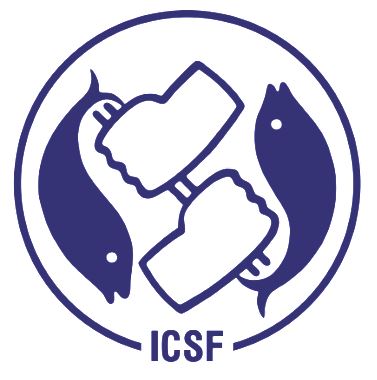Karnad, Divya and Narayani, S. and Kottillil, Shruthi and Kottillil, Sudha and Gupta, Trisha and Barnes, Alissa and Dias, Andrew and Krishna, Y. Chaitanya (2023) Regional hotspots and drivers of shark meat consumption in India. Conservation Science and Practice, 6 (1). pp. 1-12. ISSN 2578-4854
Full text not available from this repository. (Request a copy)Abstract
Over one third of shark and ray (henceforth elasmobranch) species are threatened by global extinction. Overfishing, driven largely by human consumption of various products is a key threat to >95% of threatened elasmobranch species. The local consumption of elasmobranch meat is an emerging driver of these fisheries particularly in the Global South. Very little data exists on local elasmobranch meat consumption and restaurants offer a useful insight into patterns of consumption. We examined local elasmobranch consumption in India, which has the world's third highest elasmobranch catches. We surveyed 2649 seafood restaurants across 10 coastal states and found that two states alone accounted for 70% of all restaurants serving shark meat. Nine percent of all seafood restaurants advertised elasmobranch meat. 251.6 tones, equivalent to 9.8% of India's annual landings, is sold every year in India's restaurants. The drivers of these sales are local cultural affinities and regional cuisines, with evidence of new and evolving consumption pathways, in states like Goa. In Goa, the state with the highest prevalence of elasmobranch meat on restaurant menus, consumption by locals, as well as consumption of “baby sharks” by tourists was driving the demand for elasmobranch meat. Small-bodied and juvenile sharks of threatened species are at risk from local meat consumption. Elasmobranch meat consumption can be reduced by targeting interventions in the regional hotspots of maximum consumption, substituting other types of seafood as alternatives in regional cuisines, bycatch reduction, increased price and seafood consumer awareness campaigns. Preliminary findings suggest that focusing on the health implications of eating species that concentrate heavy metals will produce the greatest decreases in elasmobranch meat sales at India's restaurants.
| Item Type: | Articles |
|---|---|
| Keywords: | India, Goa, Shark, Food Security, Threatened Species, Consumption, Data, Survey, Elasmobranch, Sea Food, Food Security, Shark Conservation, Overfishing |
| Subjects: | Biodiversity Fisheries Trade |
| Depositing User: | Vivek D ICSF |
| Date Deposited: | 28 Feb 2024 11:26 |
| Last Modified: | 28 Feb 2024 11:27 |
| URI: | http://icsfarchives.net/id/eprint/20090 |
Actions (login required)
 |
View Item |


